10 GPTs for Automation Design Powered by AI for Free of 2025
AI GPTs for Automation Design refer to the application of Generative Pre-trained Transformers (GPTs) in the realm of automation and design. These tools leverage the advanced capabilities of GPTs to automate and enhance design processes, offering tailored solutions for generating code, creating designs, optimizing workflows, and more. They are pivotal in simplifying complex design tasks, making them more efficient and accessible. By understanding natural language, these AI models can interpret user requirements and generate or suggest design elements accordingly, revolutionizing how automation design is approached and executed.
Top 10 GPTs for Automation Design are: Professor PLC,ECorp Netscript Expert,HomeAssistant Helper,A.I. Jason.,Apple HomeKit Expert & Support,Home Assistant Co-Programmer,Workato Schema Generator,Prof Code Synapse,PowerShell Mentor,Robo Builder
Professor PLC
AI-powered PLC programming and troubleshooting.
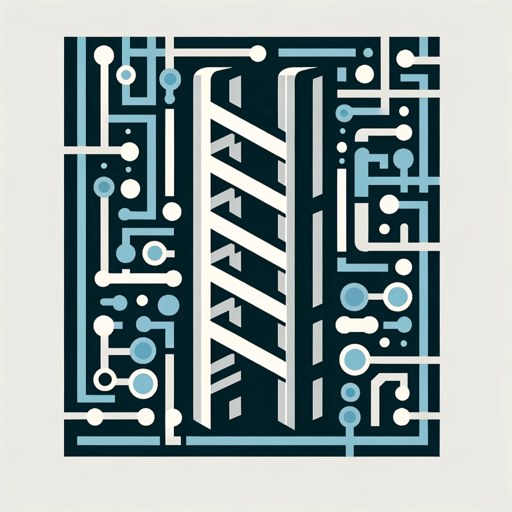
ECorp Netscript Expert
Enhance your Bitburner scripts with AI-powered insights.
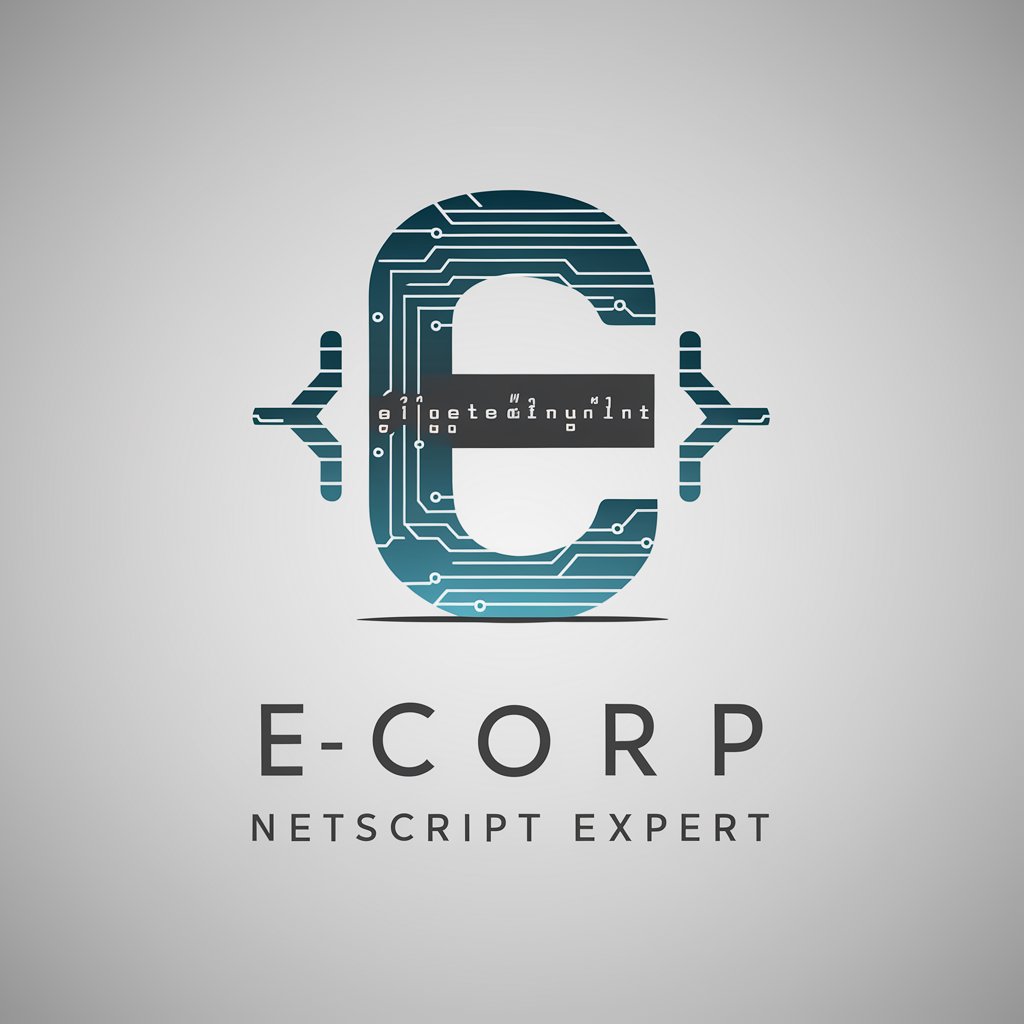
HomeAssistant Helper
Empowering Your Smart Home with AI
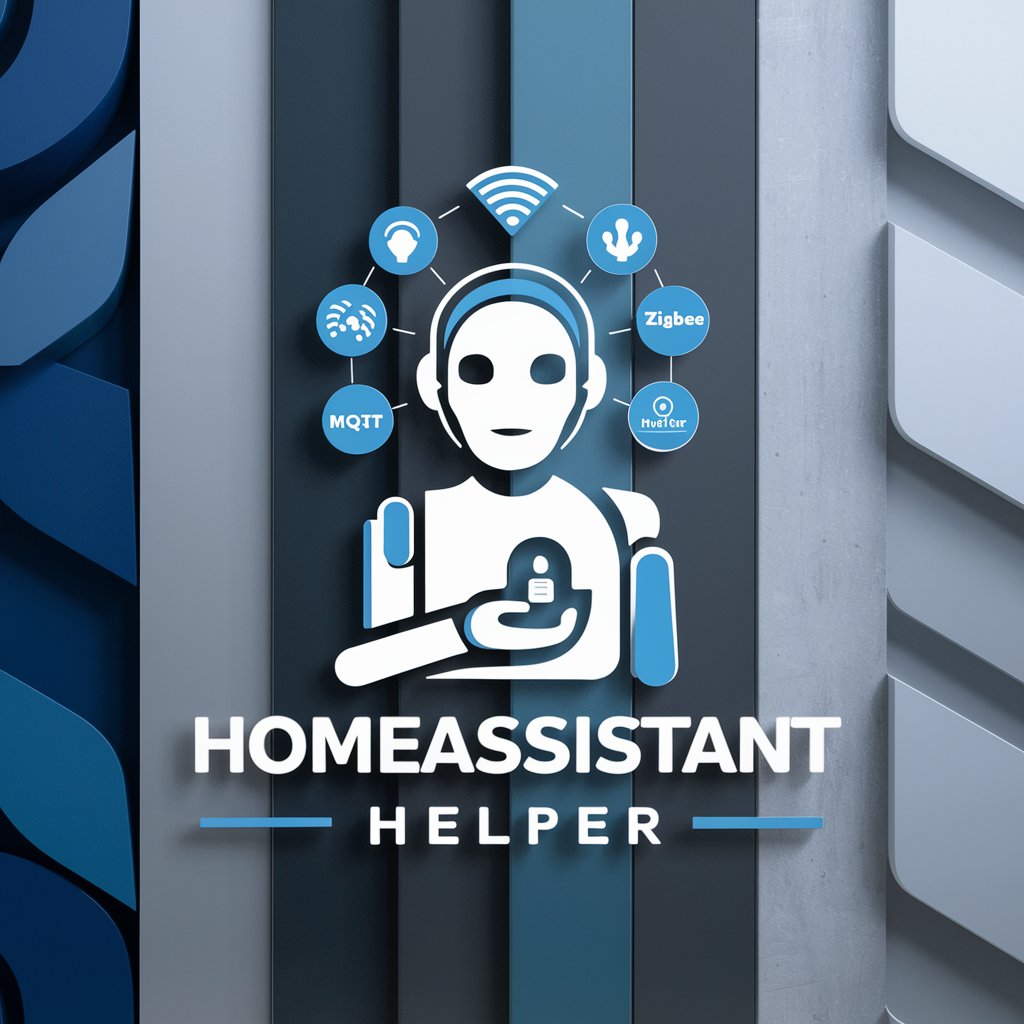
A.I. Jason.
Empowering Automation with AI
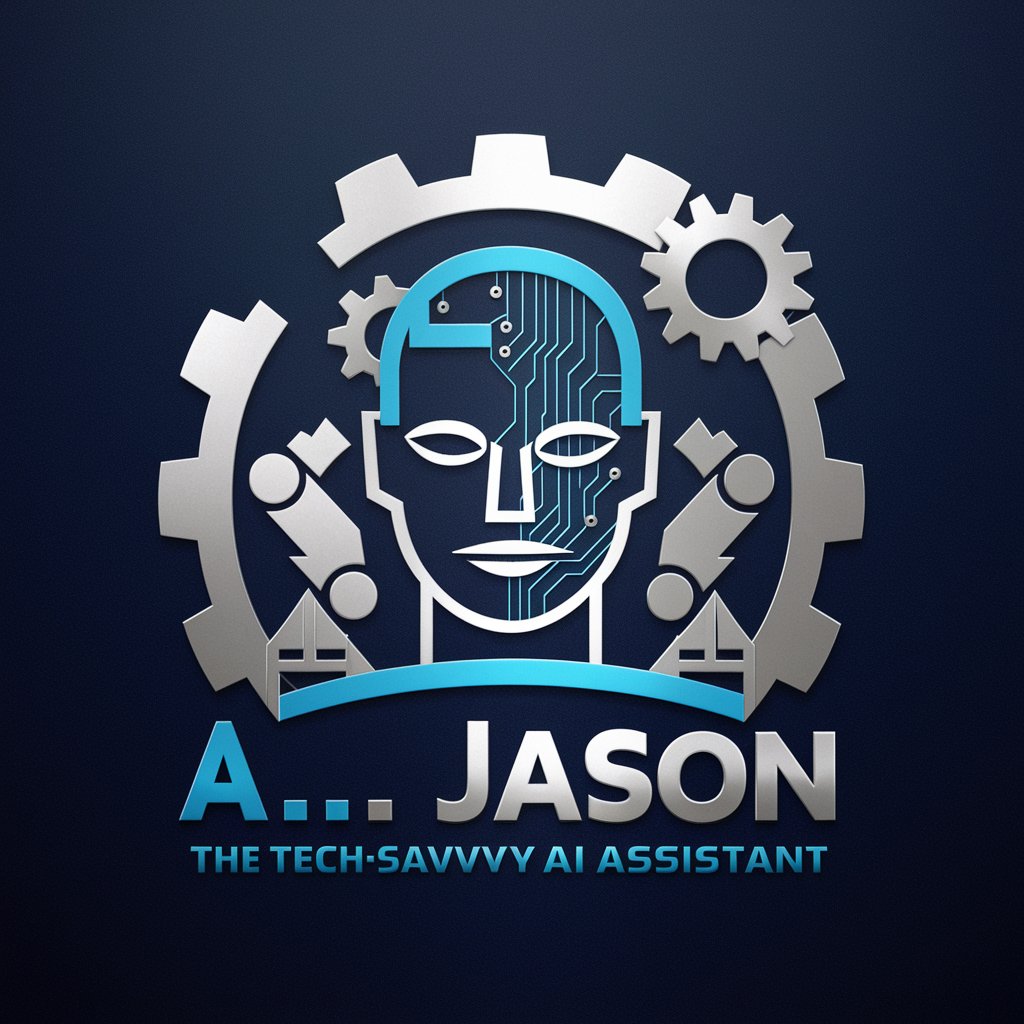
Apple HomeKit Expert & Support
Streamline your smart home with AI-powered assistance.

Home Assistant Co-Programmer
Empower your smart home with AI

Workato Schema Generator
Streamline integration with AI-powered schema generation.

Prof Code Synapse
Code smarter, not harder with AI

PowerShell Mentor
Empowering scripting mastery with AI.

Robo Builder
Power Your Robotics with AI
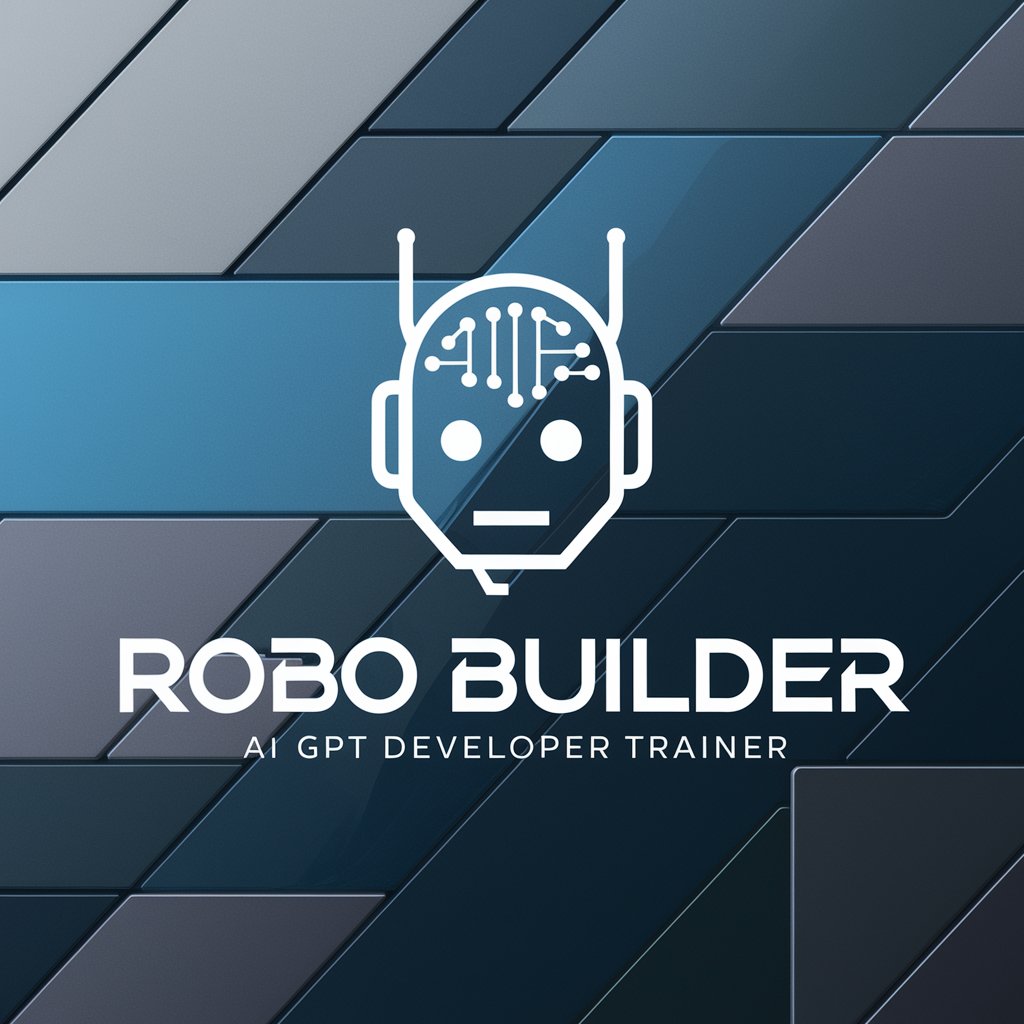
Key Characteristics and Capabilities
AI GPTs tools for Automation Design are distinguished by their adaptability, precision, and depth of knowledge. Features include natural language understanding for intuitive interactions, the ability to generate code for automation scripts, design proposals based on user input, and the integration of data analysis for informed design decisions. They offer real-time technical support, web searching capabilities for up-to-date information, and image creation for visual design tasks. These tools stand out for their scalability, catering to both simple and complex automation design needs.
Who Benefits from AI GPTs in Automation Design
The primary beneficiaries of AI GPTs for Automation Design encompass a wide range of individuals and professionals including novices interested in design, developers seeking to automate tasks, and professionals in the design field looking for innovative solutions. These tools are designed to be user-friendly for those without programming knowledge, while also providing advanced customization options for those with technical expertise, making them versatile assets in various professional and hobbyist projects.
Try Our other AI GPTs tools for Free
CNC Programming
Discover how AI GPTs revolutionize CNC Programming, offering tailored solutions for automation, optimization, and error reduction in manufacturing processes. Ideal for professionals and novices alike.
Blueprint Analysis
Explore AI GPTs for Blueprint Analysis: Transforming how professionals interpret, analyze, and optimize blueprints with cutting-edge AI technology for enhanced accuracy and innovation in design and construction.
Article Creation
Discover how AI GPTs revolutionize article creation, offering tailored content solutions with unmatched efficiency and versatility. Perfect for creators at all levels.
Meeting Summaries
Discover how AI GPTs for Meeting Summaries can revolutionize your meetings with accurate, real-time summaries, integrating seamlessly into your workflow for enhanced productivity and decision-making.
Image Interpretation
Explore AI GPT tools for Image Interpretation, leveraging GPT models to transform visual data into actionable insights, tailored for diverse needs.
Innovation Monitoring
Discover how AI GPTs for Innovation Monitoring revolutionize the tracking of industry trends and technologies, offering real-time insights to fuel strategic decisions.
Extended Perspectives on AI GPTs in Automation Design
AI GPTs are not just tools but partners in the design process, offering insights that merge creativity with efficiency. Their integration into existing workflows can significantly reduce the time and effort required for design tasks, enabling a focus on creativity and innovation. With user-friendly interfaces, they demystify complex design challenges, making advanced design accessible to a broader audience and facilitating a new era of design democratization.
Frequently Asked Questions
What exactly are AI GPTs for Automation Design?
AI GPTs for Automation Design are specialized AI models designed to assist in automating and optimizing design processes through understanding and generating human-like text, code, and design suggestions.
Who can use these AI GPT tools?
They are accessible to everyone from beginners to advanced users in the field of design and automation, including developers, designers, and hobbyists.
Do I need programming skills to use these tools?
No, these tools are designed to be user-friendly for non-programmers, with intuitive interfaces and natural language understanding.
Can these tools integrate with existing design software?
Yes, many AI GPT tools for Automation Design offer APIs and plugins for integration with popular design and development environments.
How do these tools understand user requirements?
They use natural language processing to interpret user input, questions, or commands, allowing them to generate relevant responses or suggestions.
Can AI GPTs generate code for automation tasks?
Yes, they can generate code snippets for various programming languages to automate tasks or workflows based on user specifications.
Are there customization options for advanced users?
Absolutely, advanced users can customize the output, integrate custom datasets, and tweak performance parameters for more tailored solutions.
How do these tools stay updated with the latest design trends?
AI GPTs continuously learn from new data, including current design trends and technologies, ensuring their suggestions and outputs remain relevant and innovative.